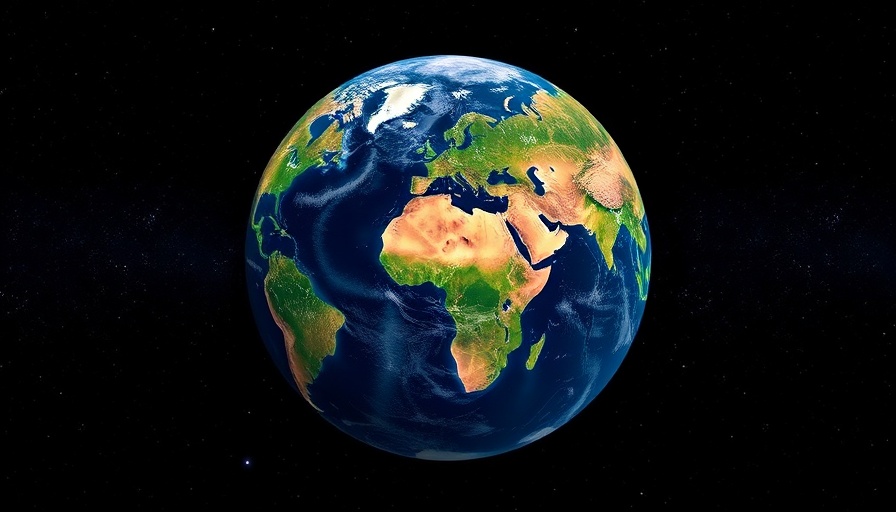
The Power of AI in Earth Observation
In recent developments, Planet and Anthropic are teaming up to leverage advanced AI capabilities of Claude to transform geospatial satellite imagery into actionable insights. This partnership is set to revolutionize the way industries analyze Earth observations to drive crucial decision-making processes.
Enhancing Satellite Imagery Analysis
Using AI, particularly Claude's features, Planet aims to enhance various sectors ranging from agriculture to urban planning. For instance, by analyzing vegetation health and soil moisture levels, AI can help farmers optimize crop yields while minimizing resource usage. This approach fosters a more sustainable agricultural landscape.
Applications Across Multiple Sectors
Moreover, the applications of AI-powered imagery analytics are extensive. For instance, in environmental protection, monitoring soil and air quality can lead to timely enforcement of regulations designed to reduce pollution. This proactive measure ensures a healthier ecosystem by safeguarding natural resources.
Challenges and Responses in Earth Observation
However, there are significant challenges in the Earth Observation (EO) landscape, such as high costs and limited accessibility to high-resolution data. A recent webinar from Satellogic highlighted how the integration of AI can overcome these hurdles. By building large constellations of satellites, the goal is to make resources more affordable and widely available, hence democratizing access to crucial data.
AI's Capability to Deliver Real-Time Insights
One of the critical advantages brought by AI is the capability for near real-time data processing. Platforms enriched by AI technologies can provide updates and recognize patterns quickly, which is especially beneficial in managing natural disasters. For example, monitoring affected areas during a flood allows emergency services to respond swiftly, potentially saving lives.
Future Insights: A New Era of Urban Planning
With AI at the forefront of Earth Observation, cities can manage infrastructure projects better. Urban planners can utilize AI to track land-use changes efficiently, helping to support sustainable development goals and resource allocation. For instance, analyzing urban sprawl using satellite data can inform better planning decisions to create more livable cities.
The Value of AI in Decision Making
Ultimately, the combination of AI and satellite imagery provides unique benefits that transcend traditional analysis methods. For instance, predictive modeling can forecast future trends and anomalies, proactively guiding organizations in making informed decisions. Such insights can influence policies that address climate issues, disaster response efforts, and resource management.
Final Thoughts on the Collaboration
The partnership between Planet and Anthropic illustrates the potential of combining advanced AI capabilities with satellite technologies. As industries continue to grapple with challenges associated with geospatial data, this collaboration signifies a shift towards more accessible and actionable insights, poised to drive significant changes across multiple sectors.
For those interested in harnessing the power of AI in Earth observation, staying informed about tools like Claude is imperative. Knowing how these advancements can influence agriculture, environmental conservation, urban planning, and disaster response could reshape our interaction with our planet.
 Add Row
Add Row  Add
Add 




 Add Row
Add Row  Add
Add 

Write A Comment